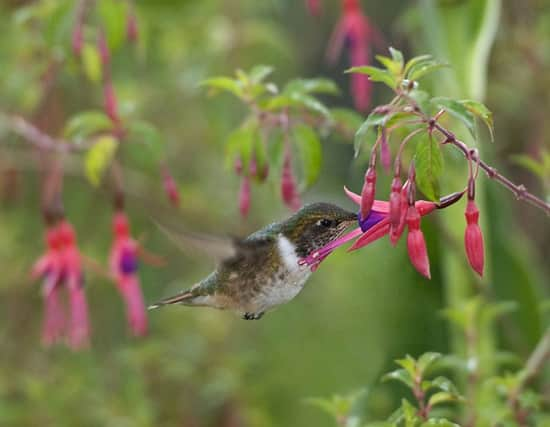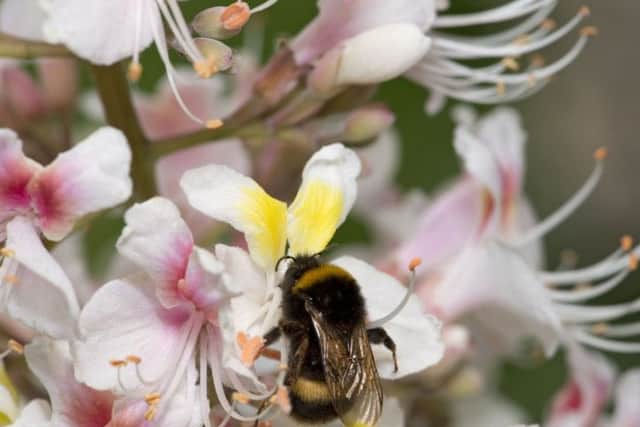How nature finds a way to pollinate flowers


Did you know that some flowers change colour when the flower has been pollinated, letting insects know there are no rewards on offer?
Others control exactly when pollinators enter or leave by opening and closing their petals at specific times, or emit a particular scent, or guide insects to the pollen through specific markings on their petals.
Advertisement
Hide AdAdvertisement
Hide AdThese and other fascinating facts are charted in Pollination Power by wildlife photographer Heather Angel, who has given workshops and lectures worldwide and worked closely with Kew.


For this, her 60th book, she visited 20 countries, trekking on foot, riding on horseback up mountains in Kazakhstan and using vehicles as hides to capture the finer details of how insects and mammals are able to draw nectar from a variety of plants.
“New types of pollinators are being discovered – both by day and at night. As well as bats, the list of non-flying mammals continues to grow from small rodents in South Africa to marsupials in Australia,” she says. “Lizards and geckos are known to pollinate some native flowers on Atlantic and Indian Ocean islands.”
Birds are also unwitting pollinators, reaching for nectar in flowers while the pollen-rich anthers brush their chest.
Annual and perennial plants can prolong the period they remain attractive to pollinators by staggering the opening of their flowers. Magnolia grandiflora flowers, for instance, control when their visitors enter and leave by the time the petals open and close. Beetles enter when the stigmas (the central tip which receives pollen for fertilisation) are receptive, become trapped overnight and leave after the stamens release pollen.
Plants also have control of their pollen distribution, through attraction, scent and guiding lines.
Bees are attracted to hues of violet, blue, yellow and white, but cannot see the colour red.
“You see a range of flowers and some are much more attractive to insects than others. Initially it’s colour and shape which lure them in. Once they’ve found a good source they will come back to it.
Advertisement
Hide AdAdvertisement
Hide Ad“It was thought that red flowers only attract birds. Hummingbirds pollinate the red flowers of Chilean lantern trees, but I noticed that big native bumble bees were also feeding on them. Why? Because it was found that particular flowers reflect some blue wavelengths, which enables bees to see the red flowers.”
Insects can be attracted to foul-smelling scents as well as sweet ones. “Some flowers – such as some orchids, Titan arum, lords-and-ladies (Arum maculatum) – emit noxious scents which attract flies, which typically lay their eggs in them.
Quite a lot of flowers change colour after they’ve been pollinated, she explains. In others, flowers are shaped to protect the pollen.
“If you have something like a foxglove, which has a large upper lip that hangs over the lower one, it helps to protect the pollen from rain. On the lower lip, there are lots of dark spots which act like a landing strip for a plane, providing a visual guide to lead the bees to the nectar.”
She advises those who want to attract pollinators not to grow double flowers, which are often lacking in pollen. “Even if there’s some nectar or pollen, they can’t see it because there are too many petals in their way. Good flowers include single peonies, which will have a mass of stamens. Bees pick up huge amounts of pollen and sweep it on to their bodies and into their back legs. Heleniums and rudbeckias are brilliant, as are spring crocuses.” n
• Pollination Power by Heather Angel is published by Kew, priced £25